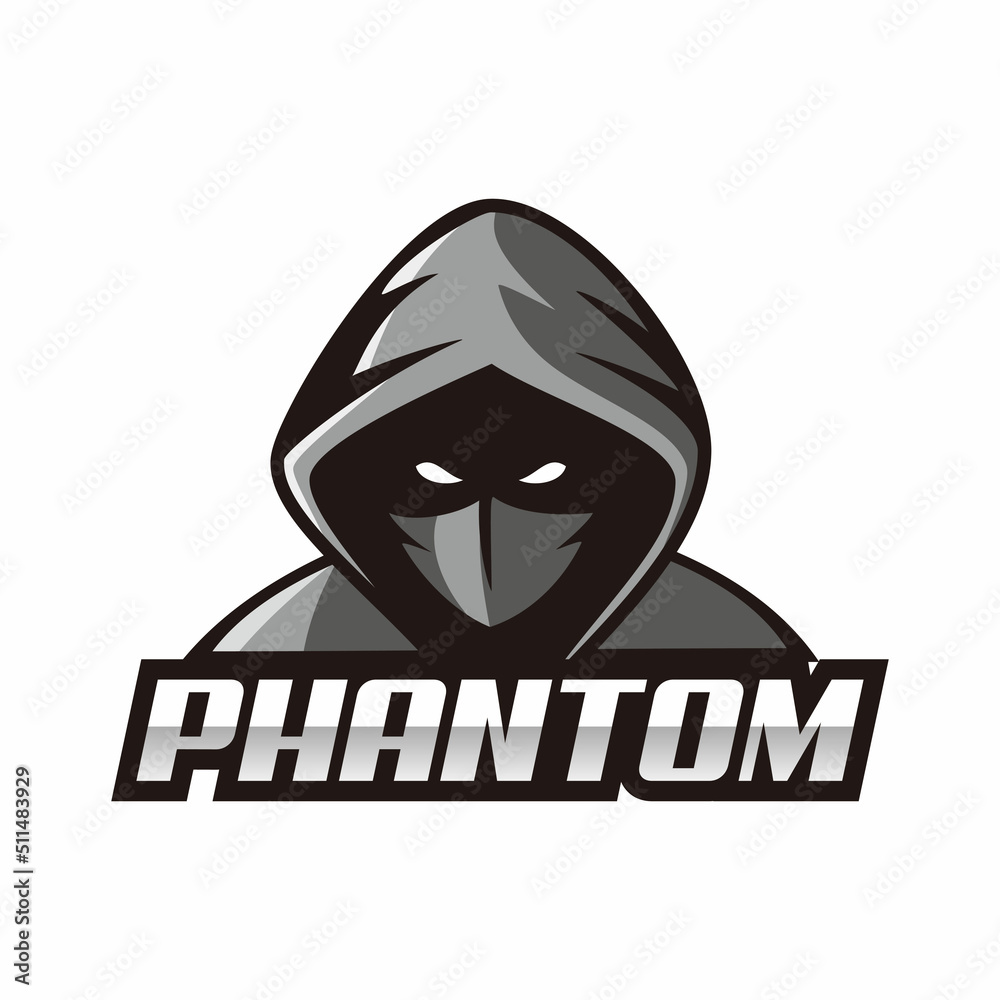Why Yield Farming, Low Fees, and Web3 Gaming Are Shaping the Future of Solana Wallets
Okay, so check this out—I’ve been diving deeper into the Solana ecosystem lately, and man, something about yield farming on Solana just feels… different. The usual suspects in crypto talk a lot about Ethereum, but Solana’s low fees and blazing speed really change the game, especially when you pair that with Web3 gaming. It’s like a cocktail that’s both refreshing and a little bit wild. Seriously, these three elements—yield farming, ultra-low fees, and gaming—are converging in ways I didn’t expect at first.
At first glance, yield farming always seemed a bit overwhelming to me. My instinct said, “This is just another DeFi hype cycle.” But then I started messing around with some projects on Solana, and the cost of transactions blew me away. Like, you can stake and swap tokens without worrying about your profits being eaten alive by fees. That’s pretty huge, especially for casual users who don’t have buckets of capital to play with.
Here’s the thing. Yield farming on Solana isn’t just about chasing high APYs. It’s about accessibility and usability. The barrier to entry is way lower. I found myself thinking, “Why haven’t I been paying more attention to this?” Well, the answer’s partly because the ecosystem is still maturing, but it’s growing fast. And that’s where wallets like phantom come in—they make all this complexity feel smooth and user-friendly.
Whoa! Did you know some Web3 games built on Solana are actually rewarding players with tokens that can be farmed or staked? That’s like combining gaming and yield farming into one seamless experience. It’s not just a gimmick either. The low transaction fees mean you can play, earn, and trade assets without feeling like you’re burning cash on gas fees every five minutes.
But, wait—let me rephrase that. On one hand, these concepts sound incredibly promising, but on the other, there’s a bit of skepticism I can’t shake. The crypto space is notorious for projects that hype up “play-to-earn” models but end up as pump-and-dump schemes. So, yeah, I’m cautiously optimistic. Still, the tech foundation Solana offers is solid, which makes me think this isn’t just another flash in the pan.
Low fees on Solana? Absolutely a game-changer. I remember trying to swap tokens on Ethereum during peak times, and the fees were sometimes more than the trade itself. That bugged me a lot—felt like I was just throwing money into the void. With Solana, even if you’re doing small trades or microtransactions in games, the cost is negligible. This really opens doors for new use cases—especially in gaming and DeFi where frequent transactions are the norm.
Something felt off about how many users still hesitate to switch wallets or try new domains for their Solana assets. I get it—security and familiarity matter a lot. But the alternative domains that support wallets like phantom offer a pretty slick interface and strong community backing. Plus, with the rising popularity of decentralized identity and asset management, having an alternative domain feels like future-proofing your crypto presence.
Hmm… I wonder how many folks realize that integrating yield farming directly into gaming platforms can actually create a new economy where players have real ownership and profit potential. It’s one thing to earn tokens, but another to actively farm yields by keeping those tokens staked in-game or in associated DeFi pools. This layering of financial incentives is what gives Web3 gaming its edge over traditional gaming.
Okay, so imagine this: You’re playing your favorite Solana-based game, and every move you make can potentially increase your stake in a liquidity pool or yield farm. The transactions are so cheap that you don’t even notice the small fees. Your in-game assets aren’t just collectibles—they’re economic tools. This is the kind of innovation that could redefine digital ownership.

Now, I’ll be honest—it’s not all roses. The user experience in some yield farming protocols can be clunky, and web3 gaming is still in its infancy. There are bugs, confusing interfaces, and sometimes downright confusing tokenomics. But wallets like phantom are tackling these issues head-on, creating smoother onboarding and better integration with DeFi and gaming projects. That’s a very very important step, if you ask me.
Something else that caught my eye is how community governance in these ecosystems is evolving. Players and farmers aren’t just users—they’re stakeholders with voting power. This adds a layer of decentralization that feels genuine, not just lip service. It’s pretty exciting to watch communities shape the direction of games and farming pools alike.
But yeah, let me circle back here. The convergence of low fees, yield farming, and Web3 gaming on Solana isn’t just hype; it’s a natural evolution of the blockchain space. It’s bringing together financial incentives and entertainment in a way that feels fresh and more accessible. I’m still learning, and there’s definitely a lot of trial and error, but the momentum is real.
By the way, if you’re interested in exploring this space, I highly recommend checking out wallets that support alternative Solana domains—it makes managing your assets and interacting with these platforms way easier. That’s why I keep pointing folks toward phantom. It’s not just a wallet, it’s a gateway.
So yeah, yield farming with low fees and Web3 gaming on Solana might just be the perfect storm that finally pushes crypto mainstream—at least in the gaming and DeFi crossover world. I’m not 100% sure how fast it’ll catch on, but the pieces are fitting together in an intriguing way. The future’s looking kinda bright, no?

Leave a Reply